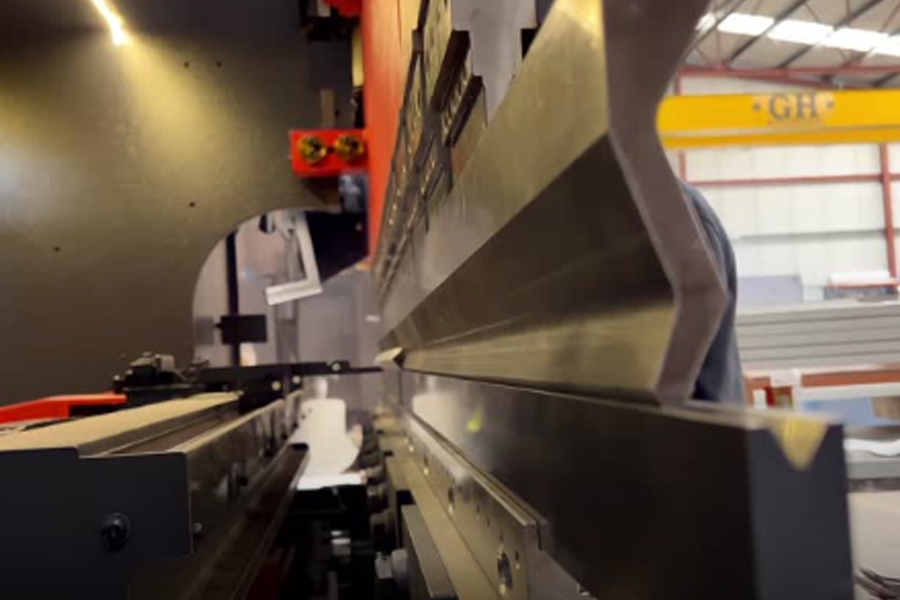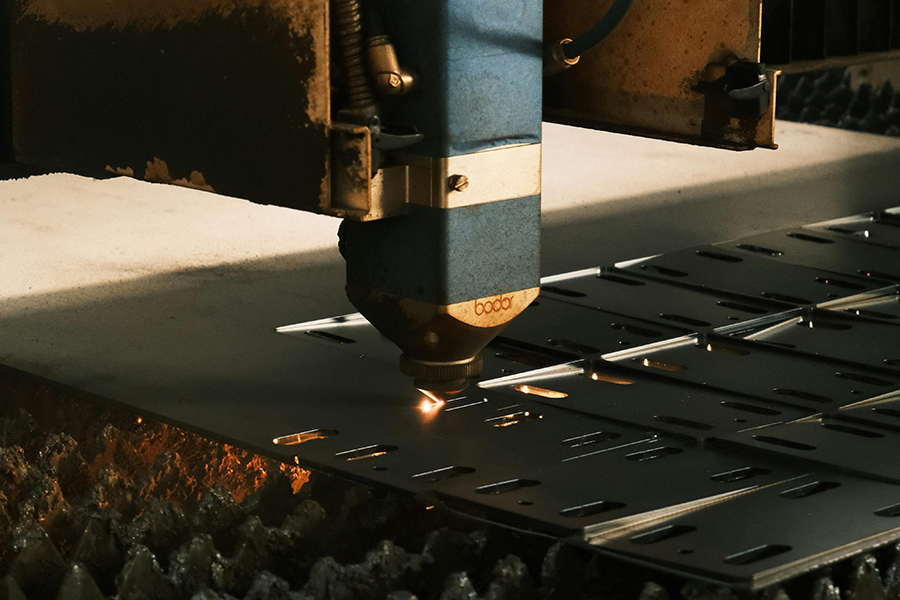
Sheet Metal Materials Guide: CR Steel to Aluminum Alloys
Release time:2025-03-13 Click:65In the industrial manufacturing sector, the selection of sheet metal materials directly impacts product performance, production costs, and processing efficiency. This article compares the physical properties and processing boundaries of four major materials—cold-rolled steel (SPCC), galvanized steel (SGCC), stainless steel (SUS304/SUS316), and aluminum alloys (5052/6061)—to provide engineers with a data-driven decision-making framework.
Analysis of Material Performance Parameters
In sheet metal processing, five core metrics determine material suitability:
Cold-Rolled Steel (SPCC)
Exhibits foundational metallic properties with a tensile strength range of 270-410 MPA. Its elongation rate of 28-32% makes it ideal for deep drawing processes. However, its high thermal conductivity (50.2 W/m·K) poses risks of thermal deformation during welding. With salt spray testing revealing rust formation within 48 hours, protective coatings are essential. Typical thicknesses (0.3-3.0 mm) suit enclosures and general-purpose components. Galvanized Steel (SGCC)
Enhanced corrosion resistance via zinc coating, offering tensile strength of 320-440 MPA but reduced elongation (22-26%). Its 720-hour salt spray resistance (no white rust) makes it a cost-effective solution for outdoor electrical cabinets. Limited by zinc layer adhesion, recommended thickness is 0.5-2.5 mm to avoid bending cracks. Stainless Steel (SUS304)
Balances strength and corrosion resistance: tensile strength of 520-750 MPA and elongation of 40-50% enable heavy-load structural applications. Low thermal conductivity (16.3 W/m·K) requires 15-20% higher laser cutting power. With 2,000-hour salt spray resistance (no pitting), it dominates chemical equipment manufacturing, covering thicknesses from 0.5-6.0 mm. Aluminum Alloy 5052-H32
Prioritizes lightweight design—1/3 the density of steel—and high thermal conductivity (138 W/m·K) for optimized heat dissipation. Despite lower tensile strength (230-280 MPA), its marine-grade corrosion resistance suits shipbuilding. CNC precision machining is recommended for 0.8-5.0 mm thicknesses to control spring back. Aluminum Alloy 6061-T6
A high-strength alloy with 310-330 MPA tensile strength and 167 W/m·K thermal conductivity, ideal for aerospace frameworks. Limited elongation (10-12%) restricts complex forming; TIG welding is advised for 1.0-10.0 mm thickness ranges. Data Reliability: Parameters align with ASTM, JIS, and ISO standards. Cold-rolled steel thermal deformation coefficients follow SAE J403, while aluminum salt spray data complies with ISO 9227.

Material Selection Logic Tree: Scenario-Based Decision Pathways
High Mechanical Strength Scenarios (e.g., heavy-duty cabinets, load-bearing brackets)

Lightweight-Critical Applications (e.g., EV battery housings, drone frames)
High Corrosion Resistance Scenarios (e.g., marine equipment, chemical pipelines)